Gurja Himal nestles in the Dhaulagiri range of western Nepal stands as one of the prominent
peaks in the region near the border with China. It is the part of Dhaulagiri massif, which is
known for its stunning and challenging peaks. Perched on the Annapurna Conservation Area,
one of the largest protected areas in Nepal. The region surrounds several other significant peaks,
including Dhaulagiri I, Dhaulagiri II, Dhaulagiri III, Dhaulagiri IV, Dhaulagiri V, Dhaulagiri VI,
Churen Himal Central, Churen Himal East), Churen Himal West), Putha Hiunchuli, Gurja Himal,
False Junction Peak, Junction Peak and several other himalayan giants.
Overall Itinerary:
Day 1: Arrival in Kathmandu (1,400 Meters/4,593 Feet)
Day 2: Explore Kathmandu Valley and Expedition Preparation (1,400 Meters/4,593 Feet)
Day 3: Kathmandu (1,400 Meters/4,593 Feet) to Pokhara (950 Meters/3,116 Feet). Driving Time:
6-7 Hours.
Day 4: Pokhara (950 Meters/3,116 Feet) to Darbang (1,110 Meters/3,641 Feet). Driving Time: 5
Hours.
Day 5: Darbang (1,110 Meters/3,641 Feet) to Takam (1,629 Meters/ 5,344 Feet). Trekking Time:
5 Hours.
Day 6: Takam (1,629 Meters/ 5,344 Feet) to Lumsang (2,120 Meters /6,955 Feet). Trekking
Time: 6 Hours.
Day 7: Lumsang (2,120 Meters /6,955 Feet) to Gurja (2,620 Meters /8,595 Feet). Trekking Time;
7 Hours.
Day 8: Gurja (2,620 Meters /8,595 Feet) to Darsinge Kharka (3,600 Meters /11,811 Feet).
Trekking Time: 6 Hours.
Day 9: Darsinge Kharka (3,600 Meters /11,811 Feet) to Burjunga Kharka (3,415 Meters/11,204
Feet). Trekking Time; 5 Hours.
Day 10: Burjunga Kharka (3,415 Meters/11,204 Feet) to Gurja Himal Base Camp (4,600
Meters/15,091 Feet). Trekking Time: 3 Hours.
Day 11-29: Climbing period Gurja Himal (7,193 Meters/ 23,599 Feet)
Day 30: Gurja Himal Base Camp (4,600 Meters/15,091 Feet) to Burjunga Kharka (3,415
Meters/11,204 Feet). Trekking Time: 5 Hours.
Day 31: Burjunga Kharka (3,415 Meters/11,204 Feet) to Gurja (2,620 Meters /8,595 Feet).
Trekking Time: 6 Hours.
Day 32: Gurja (2,620 Meters /8,595 Feet) to Lulang (2,200 Meters/7,218 Feet). Trekking Time: 5
Hours.
Day 33: Lulang (2,200 Meters/7,218 Feet) to Dharapani (1,860 Meters/6,100 Feet) to Darbang
(1,670 Meters/5,479 Feet). Trekking Time: 5 Hours.
Day 34: Darbang (1,670 Meters/5,479 Feet) to Pokhara (950 Meters/3,116 Feet)
Day 35: Pokhara (950 Meters/3,116 Feet) to Kathmandu (1,400 Meters/4,593 Feet)
Day 36: Free day at Kathmandu (1,400 Meters/ 4,593 Feet)
Day 37: Final Departure
NOTE: All of the aforementioned trekking hours are approximations and should only be used
as a general guideline.
Entry Permits & Requirements:
The following Permits are required for the Gurja Himal Expedition:
ACAP entry permit fee for foreigners: 3,000 NPR (Approx. US $30)
ACAP entry permit fee for SAARC nationals: 200 NPR
TIMS Permit :
NRP 1,000 per person for organized treks through an agenc NRP 2,000 per person for independent trekkers (going without a guide or porter)
Gurja Himal Climbing Fee:
Spring Permit costs | 500 $ per person.
Autumn Permit costs | 250 $ per person.
Winter/ Summer Permit costs | 125 $ per person.
NOTE: You won’t have to worry about waiting for permits since the Alpine Club of Himalaya
or our guides will take care of everything.
Meals and Drinking Water:
Along the Annapurna Region Trek, you will be provided with various Nepali, and Tibetan ethnic
cuisines, and varieties of continental as well as western meals. The region has several tea houses
along the trail and is run by local inhabitants providing basic and minimal facilities to luxury
ones, where you will have an opportunity to taste various cuisines that you will miss in most of
the trekking trails of Nepal.
Annapurna Region is a plastic-free zone and has banned the use of bottled Mineral Water.
However, drinking water taps are accessible with natural water supplies all along the trekking
trail which are untreated, so direct use of the water is not recommended, you may refill boiling
water or cold filter water from any of the teahouses along the trail.
If you buy a water purification tablet, chlorine drops or utilize SODIS (sunlight assisted)
filtration procedures for further assurance, saving money, and reducing plastic pollution.
Accommodation:
Tourist-friendly hotels, lodges, and local accommodations are available on trekking trails and,
providing with basic accommodation to luxury and grandeur ones. Luxury hotels and teahouse
are situated along the trail that suits your budgets providing comfortable beds with a pillow,
electric blankets, hot and cold shower, free WIFI, and many more.
Teahouse along the Annapurna region provides you with hot shower and western attached
bathrooms, and the rooms mostly include twin sharing beds as well as a single bed, with a
hygienic and clean atmosphere, good mattresses, a pillow, and blankets.
Campsites are also available along the trail providing a special opportunity for campers to sleep
under the stars.
Best Time to Visit?
The best season for trekking in Annapurna Region is during autumn and spring.
The months of September, October, November, March, April, and May are the best time to visit.
These months are better in terms of visibility and climate conditions.
During the autumn season, the months of September, October, and November are one of the best
times for trekking in this region, as the weather is clear bringing great visibility of the endless
mountain ranges and lush green forest with warm temperatures, the nights are clear and is a
perfect opportunity for stargazing.
The spring season of March, April, and May is also the best time to visit the Annapurna Region,
the end of the winter season brings a change in the region, with varieties of colorful blooming
trees of the sub-alpine forest, high green pasture lands covered with wildflowers, mild
temperatures, and clear weather. In this season you will witness herds of sheep and yaks grazing
in the green highlands.
Monsoon season is not favorable as the weather gets harsh and it’s hard to get around the country,
with frequent rainstorms and landslides. So, monsoon season is mostly avoided by trekkers.
In the winter season, the Annapurna Region receives high snowfall covering most of the trails
and making it impossible to travel for this reason.
Travel Insurance:
All clients participating in any activity must have travel insurance. Personal injury, death,
hospital expenditures, repatriation fees, helicopter rescue. Any other disease covered by the
insurance plan will be given. We highly advise you to acquire a comprehensive insurance plan
from a trustworthy insurance company.
Passport and Visa:
Every client must have a valid passport from the return date with a 6-month prior validity by the
Nepalese consulate in your country or the immigration office at Tribhuvan International Airport
in Kathmandu.
Equipment Lists:
General Equipment Required:
- Find the guidelines regarding essential trekking gear.
- Daypack above 40 liters. (Must be waterproof)
- Down jacket (rental available)
- Warm sleeping bag (rental available)
- Sun head, gulf cap, sunglasses, headlamp, and torchlight.
- Ear-muffs, wooly Hat, Fleece Balaclava
- Sun Lotions/sun cream.
- One pair of liner gloves is thin wool and synthetic.
- Cotton t-shirts, Synthetic t-shirts.
- Thermal Top, Fleece Salopettes, Thin Fleece
- Body Warmer – Thick Fleece -Schoeller Trousers
- Long-sleeve polyester or synthetic lightweight for sunny days.
- One Soft-shell jacket (water & wind resist)
- Inner clothes as your requirement.
- Liner socks, woolen socks.
- Proper trekking shoes, Sandals
- Imodium or Pepto Bismo capsules for upset stomach or diarrhea.
- amox for altitude sickness. The guide will help you to take it.
- One small personal-sized first-aid kit with blister treatments such as moleskin, bands,
- anti-infection ointments, and muscle relief ointments
- Wet wipes
- Vitamin Tablets
Technical Equipment Required:
- Ice Axe, Ice Hammer
- Harness, Crampons, Ice Screws
- Belay Plate, Jumar and Ropeman, Prussicks
- Rack – Tat + Maillons – Abalokov Threader
- Head Torch x 2 – Spare Batteries + bulb – Rope
- Helmet – Radio + Batteries – Spare Pick
- Repair Kit (tape, superglue, string, cable ties, strap, needle, thread, leatherman with
- pliers)
Important Note:
Your safety is of paramount importance to us at the Alpine Club of Himalaya. We have the
absolute authority to cancel the trip or change the itinerary, when deemed necessary or when we
have reason to believe your safety is at stake. Weather conditions, the health condition of a group
member, natural disasters, and such, can contribute to changes in the itinerary when traveling in
remote mountainous regions. In these extreme situations, we kindly request that you offer your
full cooperation to the trusted leader of the group appointed by the Alpine Club of Himalaya.
However, we assure you that we will make every effort to keep to the above itinerary.
Overview
Gurja Himal has been a target for mountaineers and climbers seeking challenging and remote experiences. The mountain itself is known for its difficult climbing conditions, with steep and technical routes. The first recorded ascent of Gurja Himal was in 1969 by a Japanese expedition. Since then, there have been relatively few successful climbs, and many attempts have ended in failure due to its formidable terrain.
The normal route for climbing Gurja involves technical climbing, including ice and mixed terrain. It starts from the Base Camp and includes Camp I at an elevation of 5,300 Meters/17,388 Feet, followed by Camp II 5,900 Meters/19,357 Feet and Camp III 6,500 Meters/21,325 Feet before the summit push at 7193 Meters/23,599 Feet.
While Gurja Himal itself is a challenging climb, the surrounding area offers expeditionist a chance to witness the stunning Himalayan landscapes, traditional villages, and cultural experiences. Join the expedition with the Alpine Club of Himalaya ensuring professional guidance and a well-organized journey to conquer Gurja Himal’s challenges.
Trip Highlights
- Gurja Himal offers climbers the chance to embark on a remote and challenging expedition in the pristine Dhaulagiri range of western Nepal.
- Witness breathtaking views of the majestic Himalayan peaks, including Dhaulagiri I, II, III, IV, and V, as well as other giants of the region.
- True test of climbing skills, featuring steep and technical routes, ice, and mixed terrain that challenge even the most experienced climbers.
- Immerse in the local culture, interacting with traditional villages along the way.
- Explore the Annapurna Conservation Area, one of Nepal's largest protected areas, and witness its unique biodiversity and natural beauty.









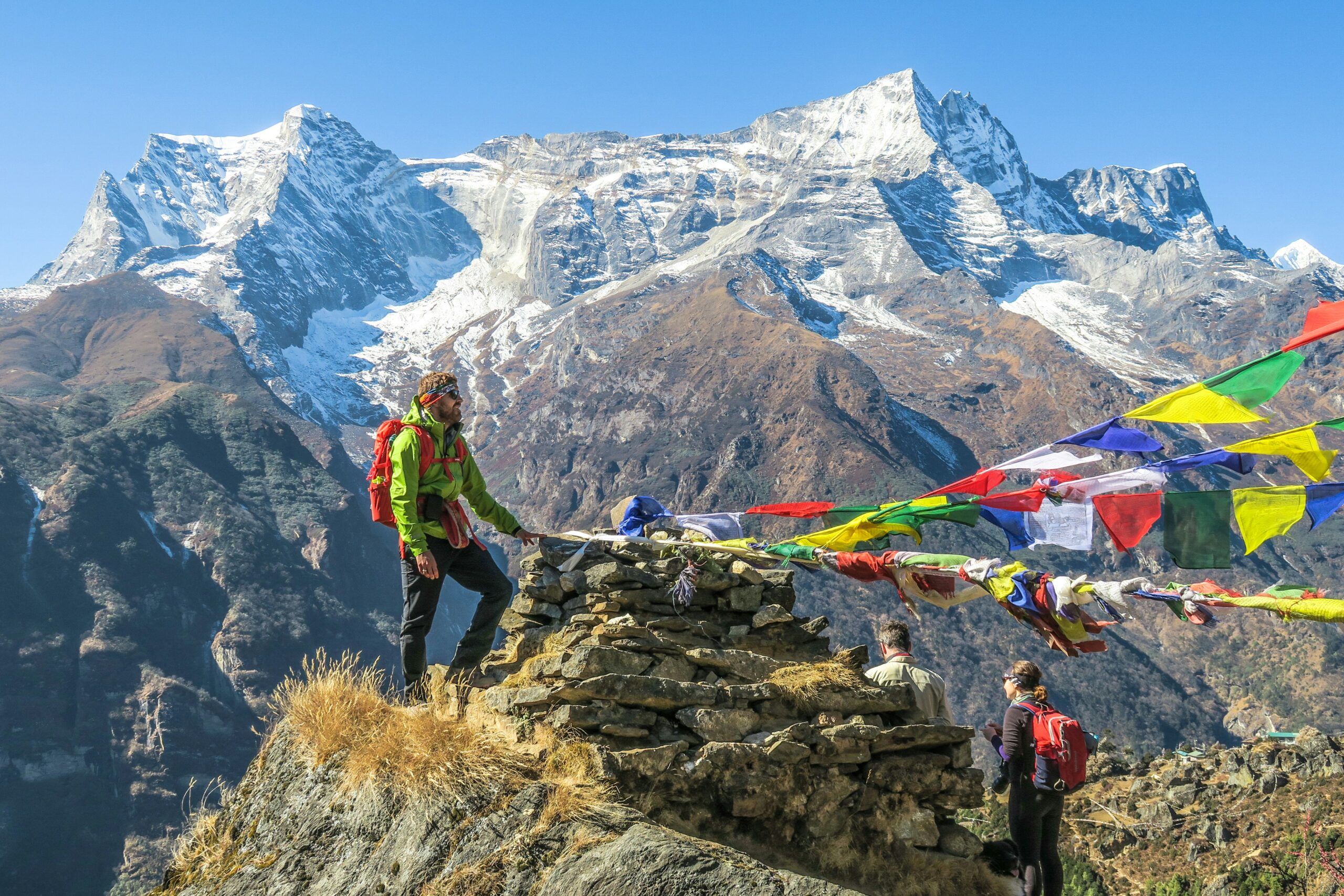
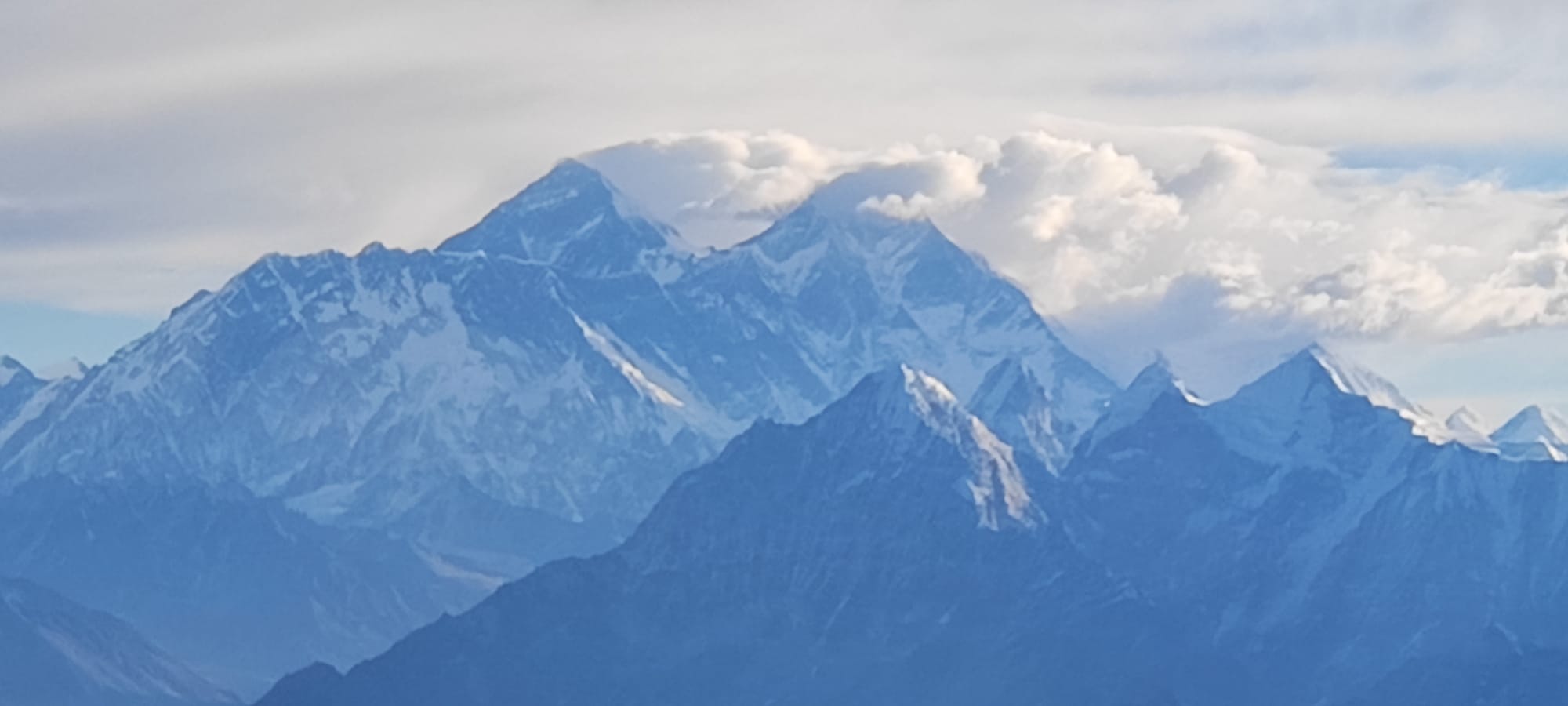

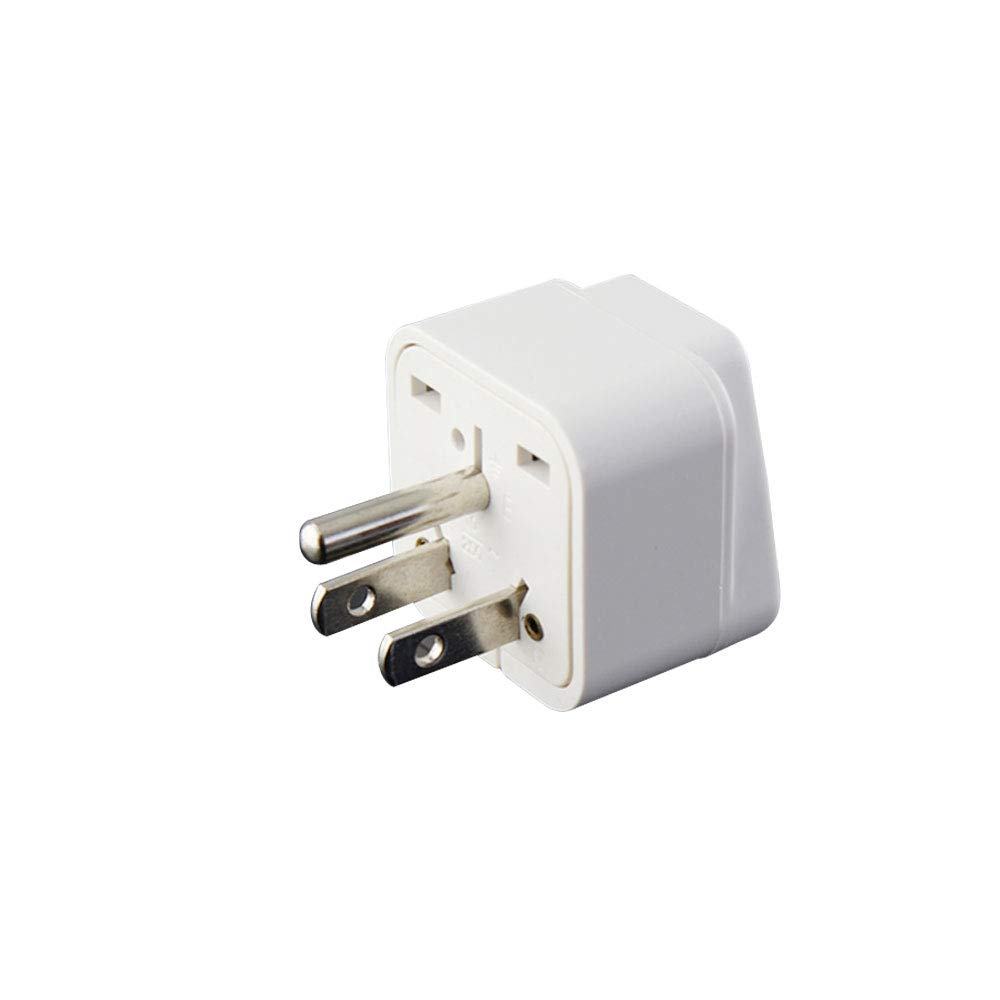
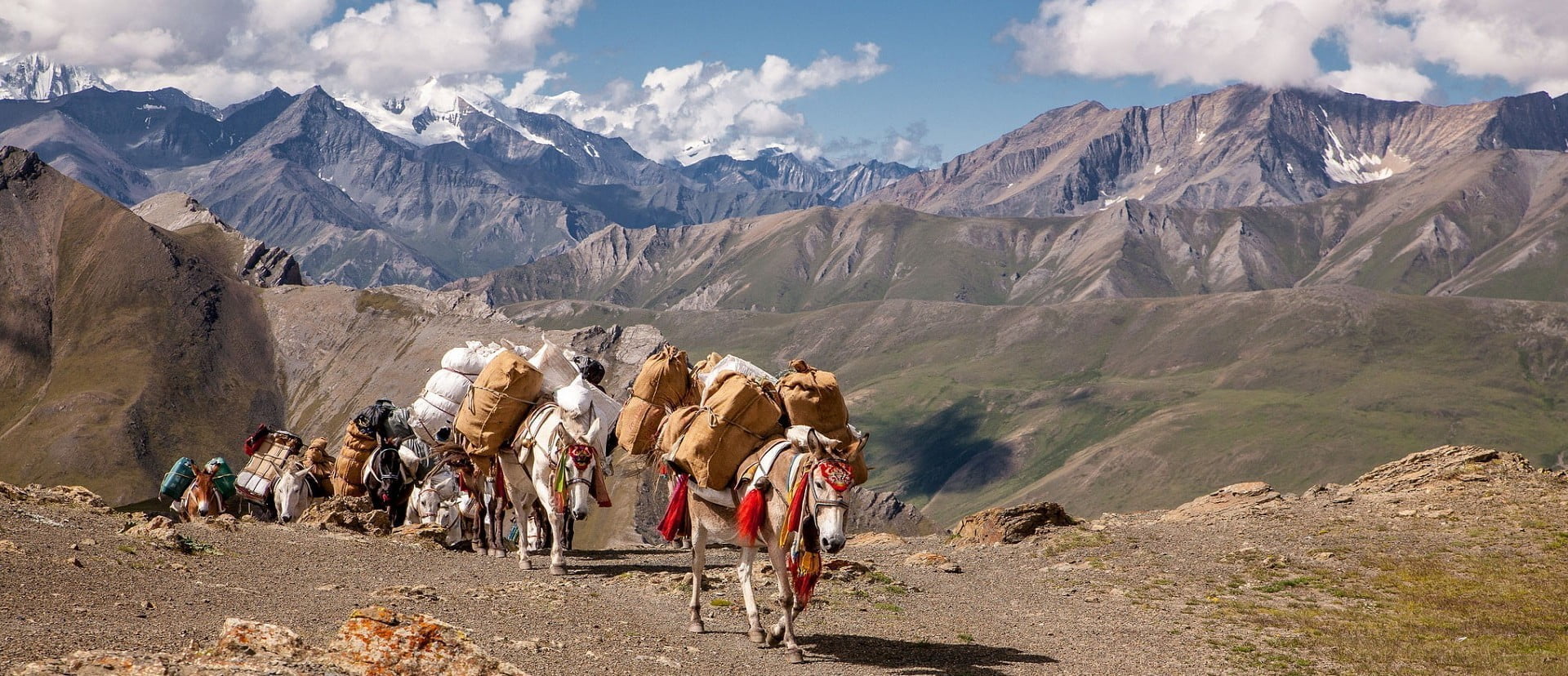
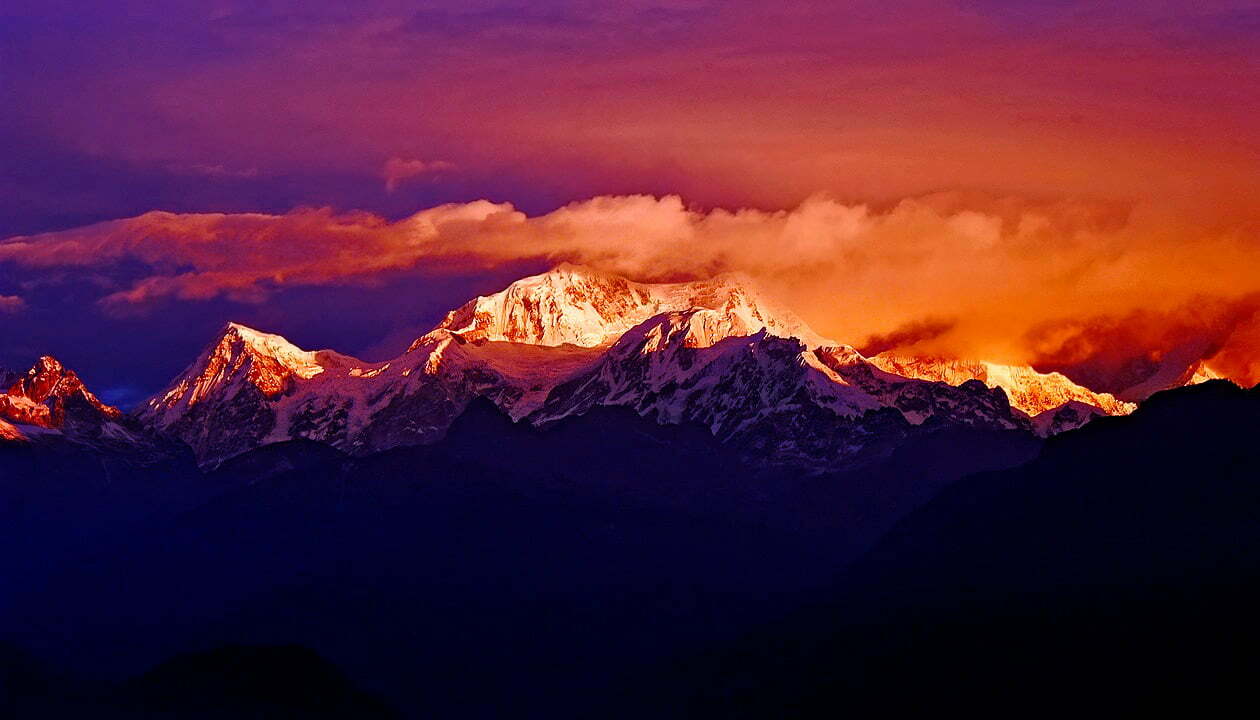



Write a Review